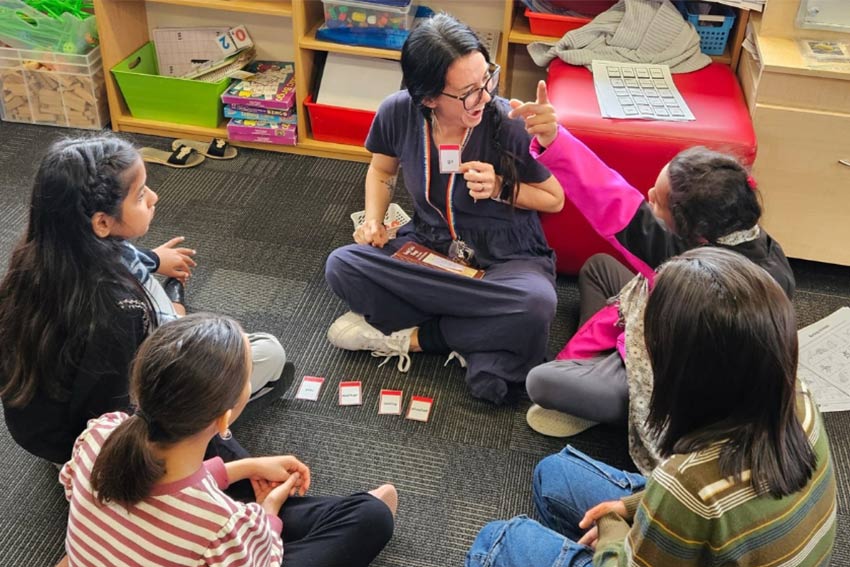Supporting New Zealand’s newest Kiwis

The AUT Refugee Education Centre supports around 1500 refugees entering New Zealand under the Refugee Quota Programme each year. One of only three such facilities that exist in the world, the Centre supports refugees from countries such as Myanmar, Democratic Republic of Congo, Syria, Somalia, Colombia, to name but a few, as they transition into a new life in Aotearoa.
The Refugee Education Centre - Pokapū Whakamātua Rerenga is located within the Māngere Refugee Resettlement Centre - Te Āhuru Mōwai o Aotearoa, which includes other on-site agencies including Immigration NZ, a medical clinic and a mental health clinic (Refugees as Survivors).
AUT has been the provider for the educational programme at the centre since its inception in the late 1970s. From early childhood education, to primary, secondary and ESOL (English for speakers of other languages) for the adults, AUT ensures there is support for everyone at every level. Additionally, AUT runs a resettlement programme covering topics such as education, human rights, diversity, safety and employment to prepare students for life in New Zealand.
The history of the Centre
The Centre started life as a Second World War military camp before becoming an immigration hostel in 1953. It was refurbished as an immigration reception centre in 1979 to provide refugees with an orientation programme to help them adjust to New Zealand life.
The centre's facilities were rebuilt in 2016 and include modern, open-plan classrooms and an early childhood education centre.
AUT – there from the beginning
In 1978, the Department of Labour requested that Auckland Institute of Technology (AIT), later to become AUT University, run a four-week course for Chilean refugees. Shortly thereafter, refugee numbers increased with the arrival of a group from Vietnam. A larger site was required, the Mangere site was chosen, and AIT staff continued to provide the on-arrival education programme, to this day.